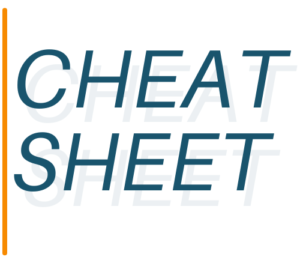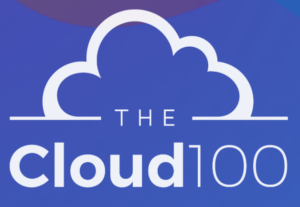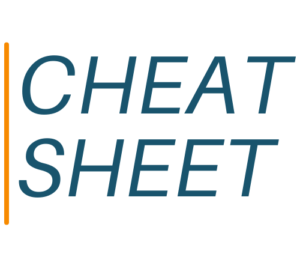
Cheat Sheet: Forbes Contributors
At long last, here’s the SWMS cheat sheet on Forbes contributors. Listed are 66 contributors whose work appeared at least once between Apr. 26 and Jun. 5 in either the AI, the cloud and the enterprise tech section.

At long last, here’s the SWMS cheat sheet on Forbes contributors. Listed are 66 contributors whose work appeared at least once between Apr. 26 and Jun. 5 in either the AI, the cloud and the enterprise tech section.

Forbes this week began accepting applications for this year’s Cloud 100 List as well as the accompanying Cloud 100 Rising Stars list, which focuses on private cloud startups with less than $25 million in funding.
‘The Prompt” is not out yet, but you can sign up for it here.
Forbes’s reputation is taking a hit because of the ad scandal unearthed this month by the WSJ. Some advertisers have stopped spending with Forbes, at
What a terrific scoop from the WSJ’s Patience Haggin: Forbes for years operated a shadow, tiny-traffic web site — at www3.forbes.com — that housed advertising
Investor Bill Ackman, who recently vowed to sue Business Insider, did some of the work for us, on who exactly BI laid off. Given BI

We’re told by Alex Konrad that the Forbes masthead can be found in each print issue. If you don’t have one handy, here’s a cheat sheet with the names, beats and contact info for 45 Forbes staff reporters and editors.
Nominations are open until Feb. 5. It’s a list of “The Most Promising Artificial Intelligence Startups.”
We heard recently that Forbes has asked its contributors to be clearer about their conflicts of interest, if any. We inquired with Forbes PR about this and did not hear back. In any case, we went ahead and studied Forbes contributor disclosures in the AI space.
You need to be logged in to view this content. Please Log In. Not a Member? Join Us
YOUR ACCOUNT
FRIDGE NOTES
Former NYT reporter and Google Cloud EIC Quentin Hardy also interviewed Eric Savitz about his career and move to GM. Good reading.
The UK-based newsletter company called Trending Now uses AI to scrape what’s trending across 27 areas of B2B. Press Gazette has additional detail. The company employs ten, none of whom are journalists (by traditional definition).
The full union membership needs to ratify it on July 24, but it looks like no editors can be laid off or suffer a salary cut if the publication goes big in its use of generative AI. More detail here from Neiman.
Goldman Sachs took 32 pages to say pretty much that. The media business may turn out to be an outlier, an industry perfectly suited to synthetic, multilingual words, sounds and images at scale. As for everyone else, well, the global consultancies will learn the truth first because they have rushed to monetize Gen AI — they aren’t yet succeeding.
Three free one-month subs are available from SWMS, no catches or gimmicks. Get in touch for details. BT is among the best tech newsletters out there.